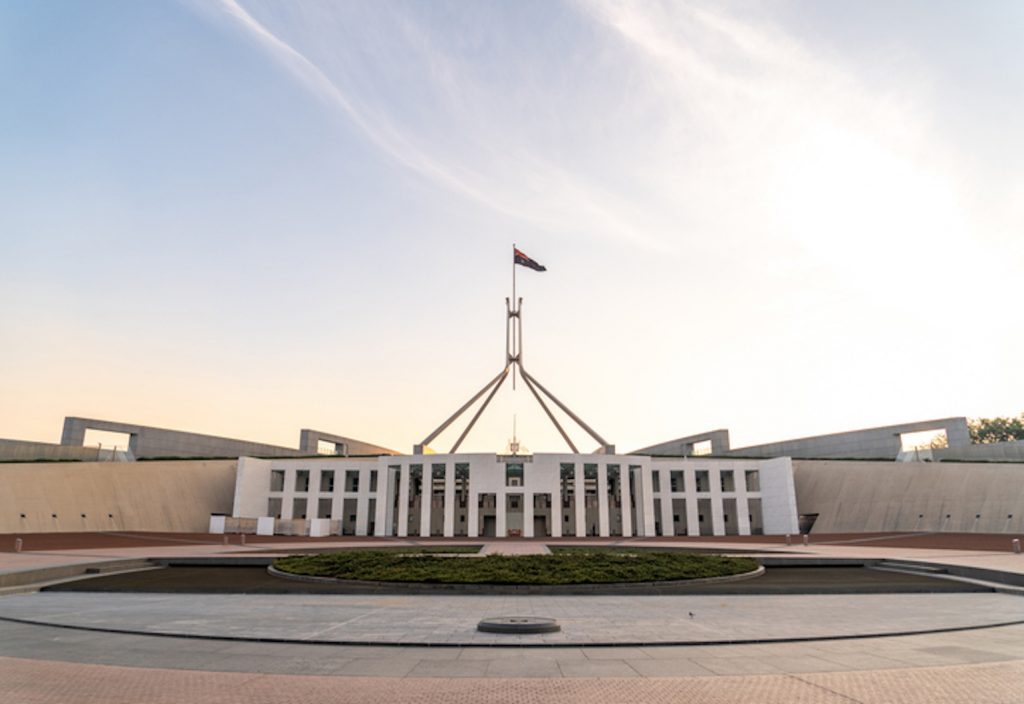Treasurer Josh Frydenberg delivers a federal budget that requires the engineering profession to solve some of Australia’s toughest challenges.
“This budget puts engineers at the centre of the government’s promise to build more resilient communities,” Engineers Australia CEO Dr Bronwyn Evans HonFIEAust CPEng said.
The biggest wins for the engineering profession include a funding boost of $17.9 billion to existing and new infrastructure projects, bringing the total infrastructure pipeline to $120 billion over ten years. The government will also invest in a defence capability plan worth more than $270 billion over a decade as well as reforming procurement processes involving small-to-medium businesses to help build sovereign capability. Advanced manufacturing and supply chain resilience will also be enhanced with a $1 billion investment.
Engineers will be empowered to innovate, with $2.2 billion dedicated to support the commercialisation of engineering innovation alongside reform for employee shareholder schemes to keep Australia at the cutting edge of technology and other world-leading start-up economies.
Addressing the skills shortage
Engineers have been crucial in the fight against COVID-19, problem solving vulnerable supply chains, empowering businesses to pivot online, and delivering on a range of government initiatives that keep the country and economy operating. But to continue to build resilient communities and deliver on the government’s infrastructure pipeline, the budget needs to close the skills gap with tertiary qualified STEM professionals.
The $12 billion for the National Skills Agreement to support vocational education and training over the next five years misses the fact that many projects requiring apprentices and ‘tradies’ require engineers for projects to be greenlighted.
“Engineers have been called on to solve some of Australia’s greatest challenges, the 2022-23 budget will only increase demand for engineers at a time when the skills shortage is most severe,” Evans said.
Engineers Australia recommends the government could look to replicate its aged care profession training and subsidiary model for the engineering profession in high-demand fields as a short term solution. However, a longer term vision for developing STEM capable students needs to be met if we are to establish a “stronger future”.
Building sovereign capability
The budget reflected a focus on Australia’s sovereign capabilities, particularly in light of supply chain vulnerability and the current global instability.
Last year, the government committed $107.2 million to a Supply Chain Resilience Initiative, which examined vulnerable, essential and critical products, beginning with common medicines, PPE and agricultural production chemicals. This year, an additional $1 billion will be invested for advanced manufacturing and developing supply chain resilience.
“Treasurer Frydenberg’s $1 billion investment in advanced manufacturing and supply resilience is commendable alongside a renewed focus on the commercialisation of engineering innovation,” Engineers Australia Chief Engineer Jane MacMaster FIEAust CPEng said.
“A modern resilient manufacturing sector is part of our plan for a stronger future,” Frydenberg said. As such, the $17.9 billion investment for transport infrastructure is welcome, but MacMaster warns that effective expenditure is critical to deliver for the community.
In a world that is ‘less stable’, it is important that Australian businesses are at the centre of defence and infrastructure projects to enhance our sovereign capability and allow for local industry and skills to develop.
Misses on climate change
Also of note in the budget was the action, or lack thereof, on climate change.
“Action on climate change was underwhelming and leaves many opportunities for industry, business and the wider community left on the table,” Evans said.
Not only was climate change mentioned only once in the budget papers, the budget failed to recognise Australia’s 2050 net-zero commitment and how Australia will get there. While water security and management had an elevated focus, the scale of the investment – $44 million – is not enough to address climate change concerns.
One of the budget’s centrepieces was the cut to the fuel excise – while welcome for many households – could have been better spent on supporting electric vehicles and EV infrastructure investment. While it was not featured in the budget, Frydenberg mentions further investment in ‘use of microgrids’ and ‘small-scale renewable energy’ – projects that have the potential to support local industry.
Engineers Australias does support Frydenberg’s comment that “technology, not taxes, will get us there [net-zero]”, and will continue to push the government to invest in electric vehicle infrastructure.
